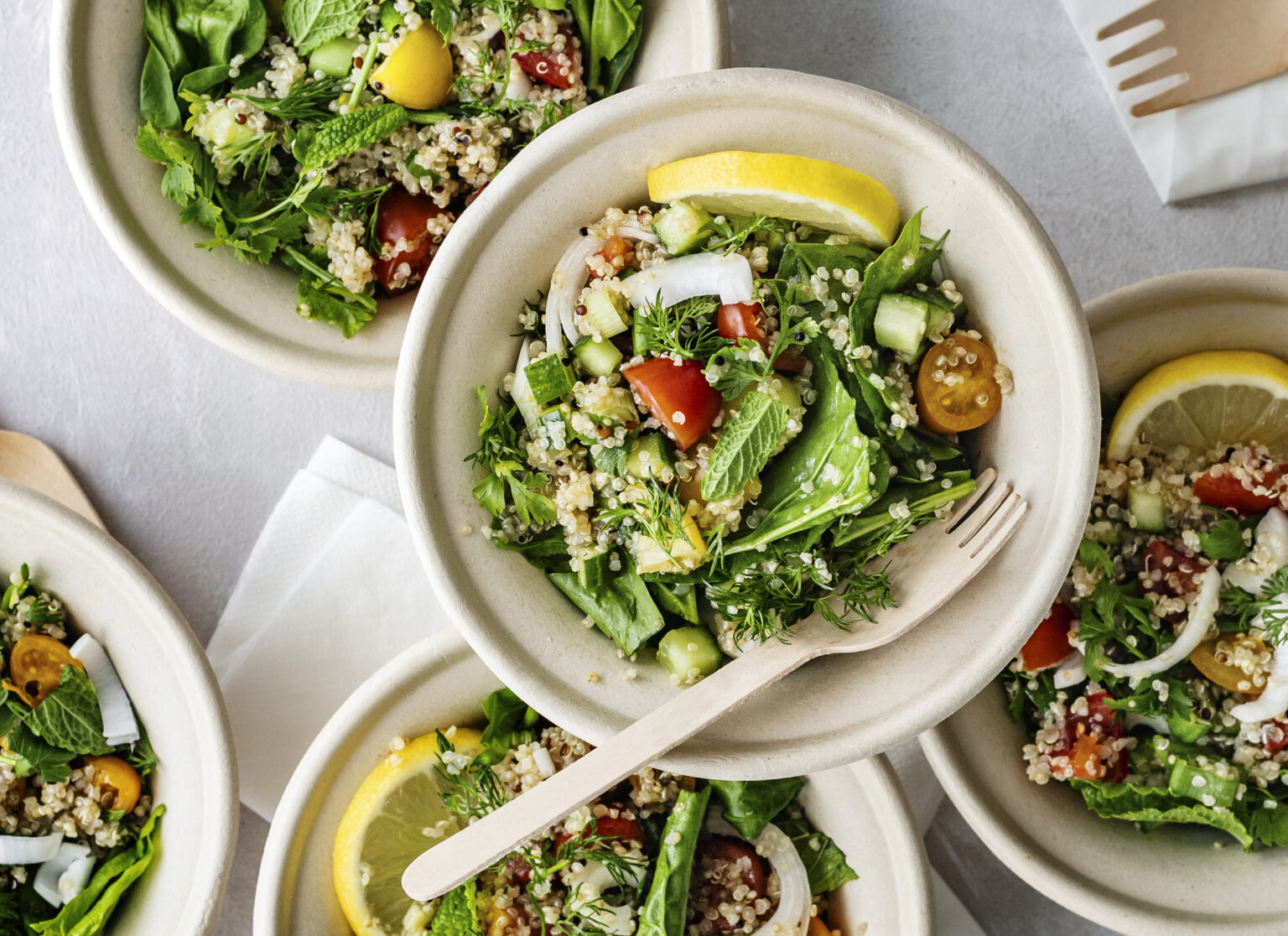As the world becomes increasingly conscious of the environmental impact of animal agriculture and the benefits of plant-based nutrition, more individuals are adopting flexitarian diets. A flexitarian diet, also known as a semi-vegetarian diet, focuses on plant-based foods while allowing occasional consumption of animal products. By incorporating plant-based proteins into their meals, flexitarians can enjoy the health benefits of a predominantly plant-based diet while still accommodating their occasional meat cravings. In this article, we will explore the numerous benefits and practical strategies for embracing plant-based proteins in a flexitarian lifestyle.
- The Rise of Plant-Based Proteins:
With the ever-expanding variety of plant-based protein options available in today’s market, flexitarians have a wide array of choices that rival traditional animal-based proteins. Products such as tempeh, tofu, seitan, legumes, lentils, and quinoa provide abundant protein while also delivering essential vitamins, minerals, and fibre. Additionally, innovative companies are continually developing plant-based meat alternatives that mimic the taste and texture of animal-derived products, making the transition even more seamless.
- Health Benefits of Plant-Based Proteins:
Incorporating plant-based proteins into a flexitarian diet offers numerous health benefits. Plant-based proteins are generally lower in saturated fats and cholesterol compared to animal proteins, which can help reduce the risk of heart disease and improve overall cardiovascular health. They are also rich in dietary fibre, which aids digestion, promotes satiety, and supports a healthy gut microbiome. Furthermore, plant-based proteins are often packed with essential nutrients such as antioxidants, vitamins, and minerals, providing a well-rounded nutrient profile for optimal health and vitality.
- Environmental Impact:
One of the driving forces behind the rise of flexitarianism is the desire to reduce the environmental footprint associated with meat consumption. Animal agriculture is a significant contributor to greenhouse gas emissions, deforestation, and water pollution. By incorporating more plant-based proteins into their diets, flexitarians can significantly decrease their ecological impact. Plant-based proteins require fewer resources to produce, generate fewer greenhouse gas emissions, and contribute to preserving natural habitats.
- Practical Strategies for Incorporating Plant-Based Proteins:
a. Experiment with plant-based substitutes: Replace meat with plant-based alternatives in your favourite recipes. Try swapping ground meat for plant-based ground meat substitutes in dishes like chili, tacos, or pasta sauces. Experiment with plant-based burgers, sausages, and nuggets for a familiar and satisfying meal experience.
b. Embrace legumes and beans: Incorporate lentils, chickpeas, black beans, and other legumes into stews, salads, and curries. These versatile and protein-rich ingredients offer a wide range of flavours and textures.
c. Make vegetables the star: Focus on building meals around vegetables and grains rather than meat. Create vibrant stir-fries, hearty grain bowls, or nourishing salads loaded with a variety of vegetables and accompanied by plant-based proteins like tofu or tempeh.
d. Get creative with tofu and tempeh: Tofu and tempeh are excellent sources of plant-based protein that absorb flavours well. Experiment with different marinades, seasonings, and cooking techniques to create delicious and satisfying dishes.
e. Opt for whole grains: Incorporate whole grains like quinoa, brown rice, barley, and farro into your meals to add a nutritious and protein-packed base. These grains provide essential amino acids and complement plant-based proteins.
Conclusion:
Adopting a flexitarian diet and incorporating plant-based proteins offers a win-win solution for health-conscious individuals and the planet. With the wide variety of delicious and nutritious plant-based options available, flexitarians can enjoy the benefits of a predominantly plant-based diet while still maintaining the flexibility to occasionally consume animal products. By embracing the green revolution and making plant-based proteins a staple in their meals, flexitarians can contribute to a sustainable and compassionate food system while reaping the rewards of a healthier and more environmentally-friendly lifestyle.








